Once Hwange National Park was declared a National Reserve in 1929 one thing became clear soon. To support a stock of game on the edge of the Kalahari Desert, a permanent water supply was needed, especially during the dry season. Over 60 holes were drilled, the water pumped up by noisy diesel powered pumps. Although the animals can roam freely around this park (the size of Belgium), they have become dependent of the water holes maintained by the ZimParks Authorities. Unfortunately, suffering from lack of funding, many of these pans stay dry, due to broken pumps or the lack of diesel.
Near Sinamattela Camp, on the western fringes of Hwange National Park, we enjoyed the best game viewing. Two evenings in a row, we watched about 200 elephants gather at the Masuma Dam waterhole, the bigger ones shoving, pushing and trumpeting for a good position. Cheeky baby elephants sneaked underneath big bellies, curious what the commotion was all about. Every minute something different, exciting caught our eye: a baby elephant falling on its rear end, young ones spraying themselves with mud and then stand perfectly still to dry the shiny crust in the sun. Just watching them suck up the water in their trunk, curl it up, throw back their head and gurgle it all down, was pure delight. It was a constant coming and going of large herds. The closer the caravan got to the water, the faster they ran, whirling up large clouds of dust. Trotting back into the bush was done in a more composed way…

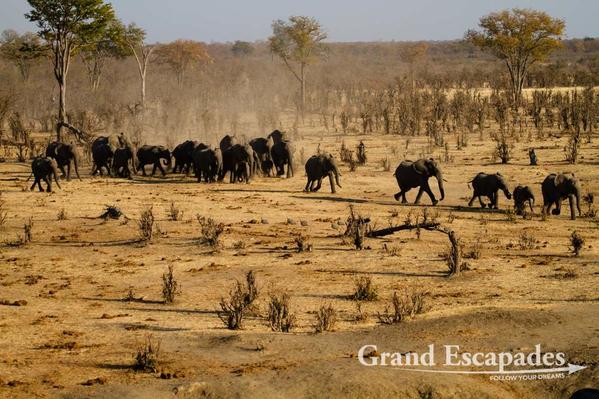
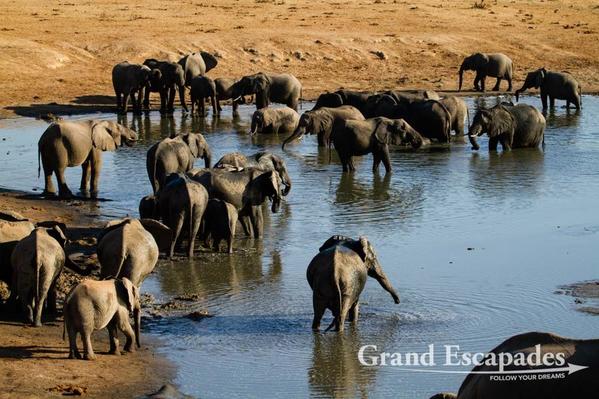
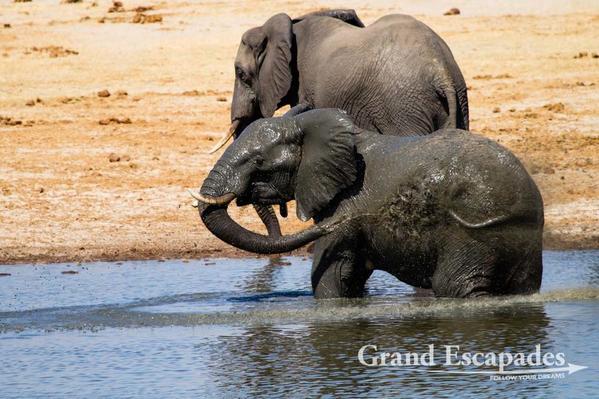
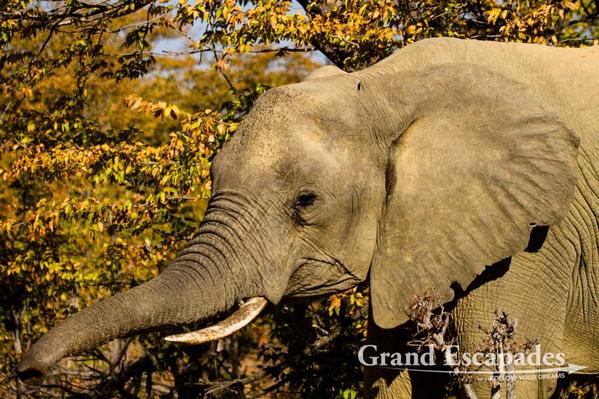
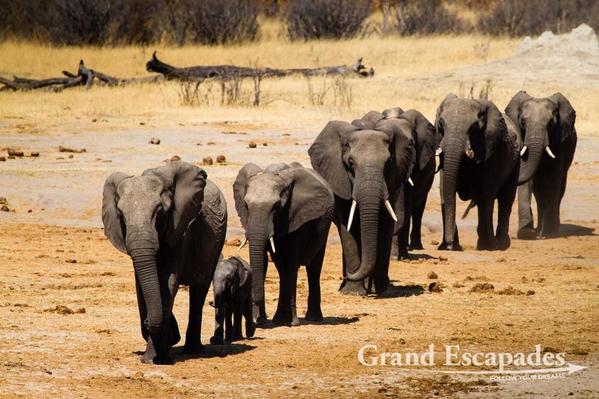
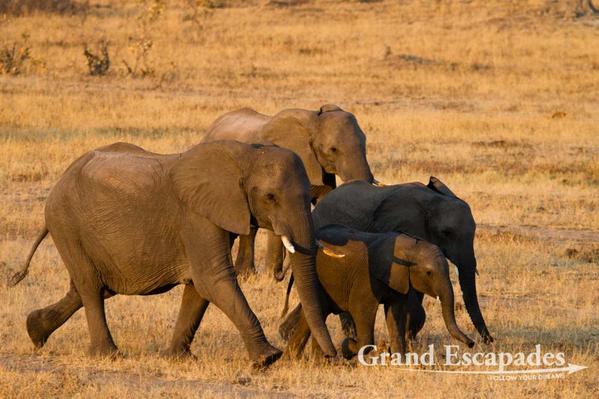
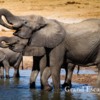






Comments (2)